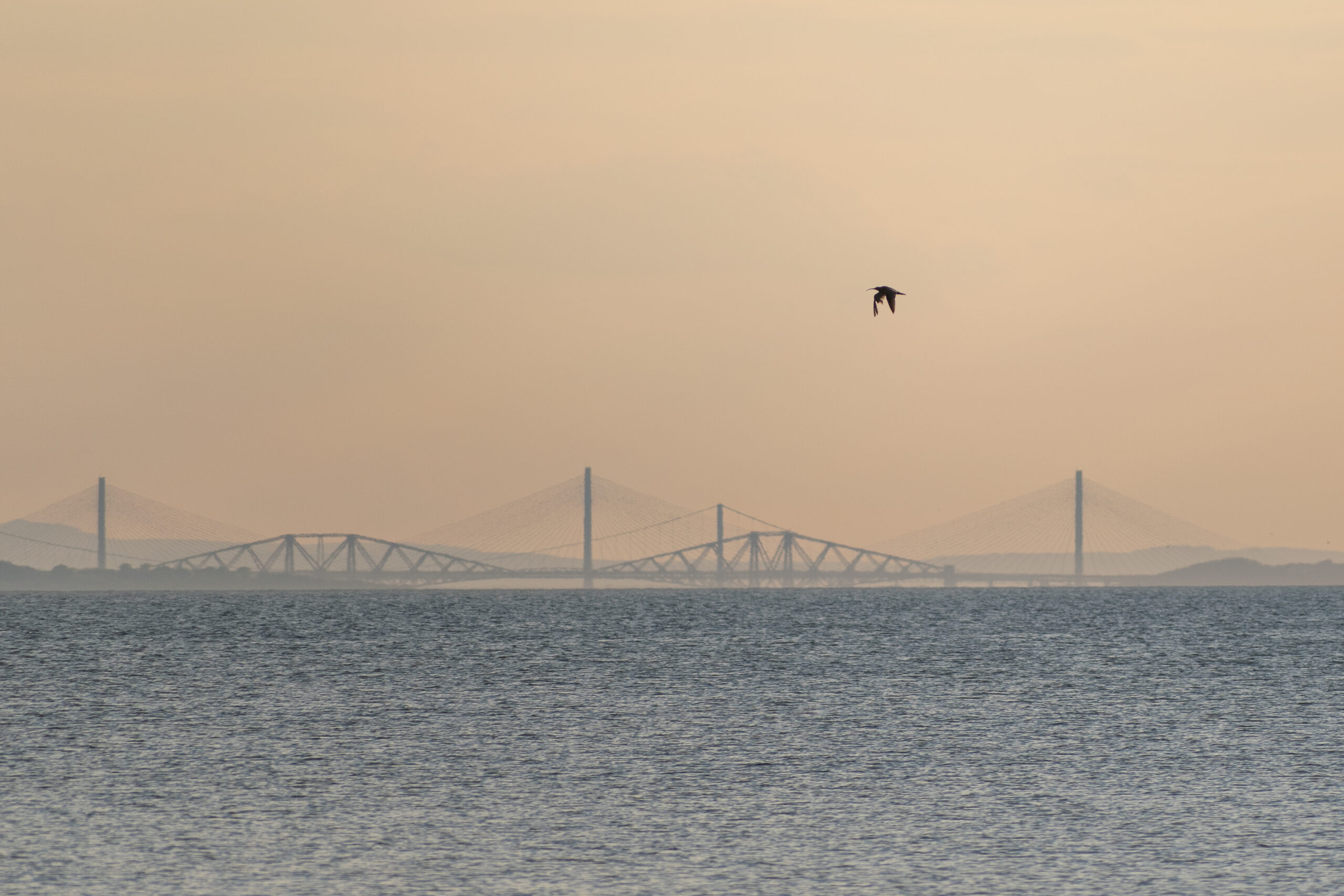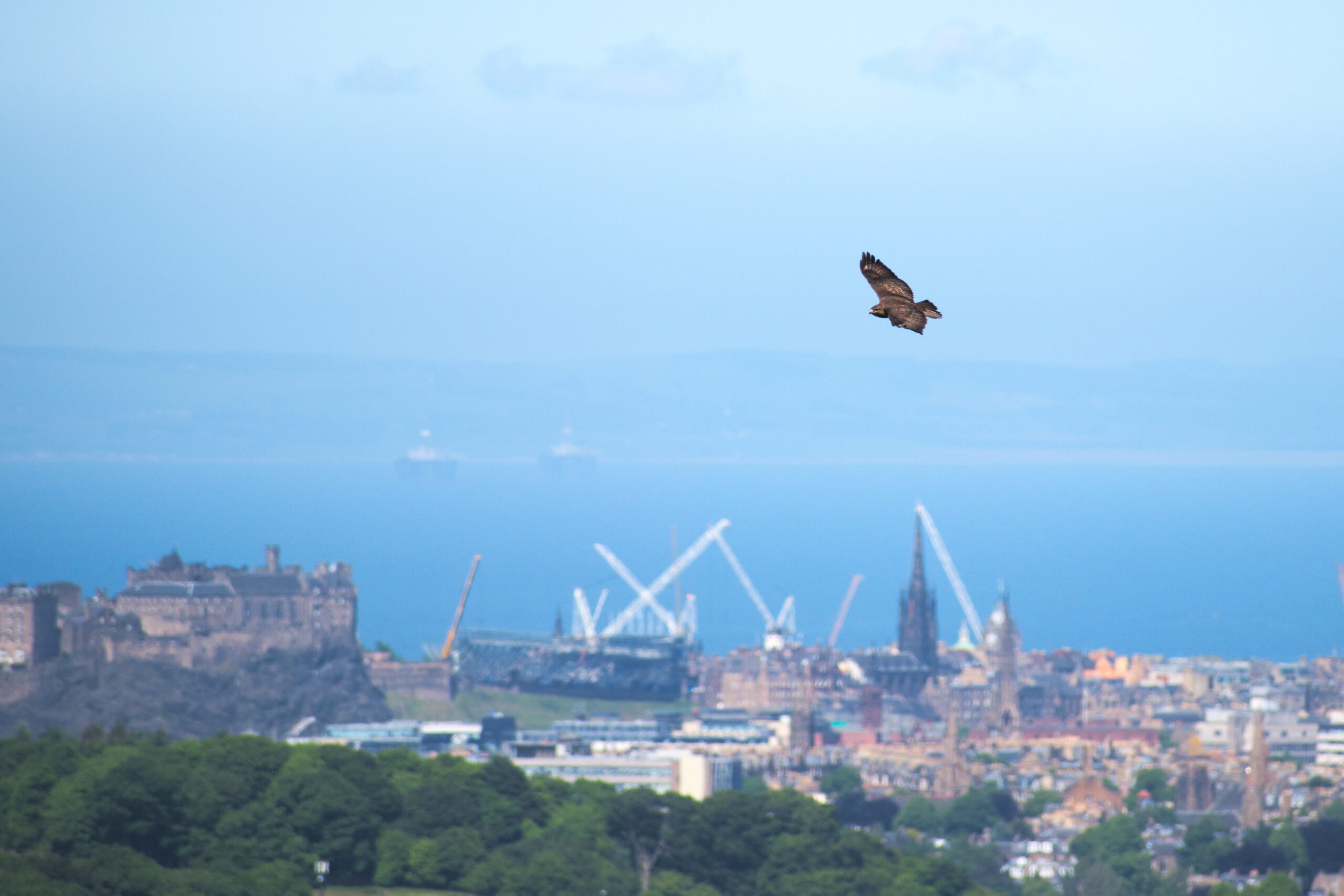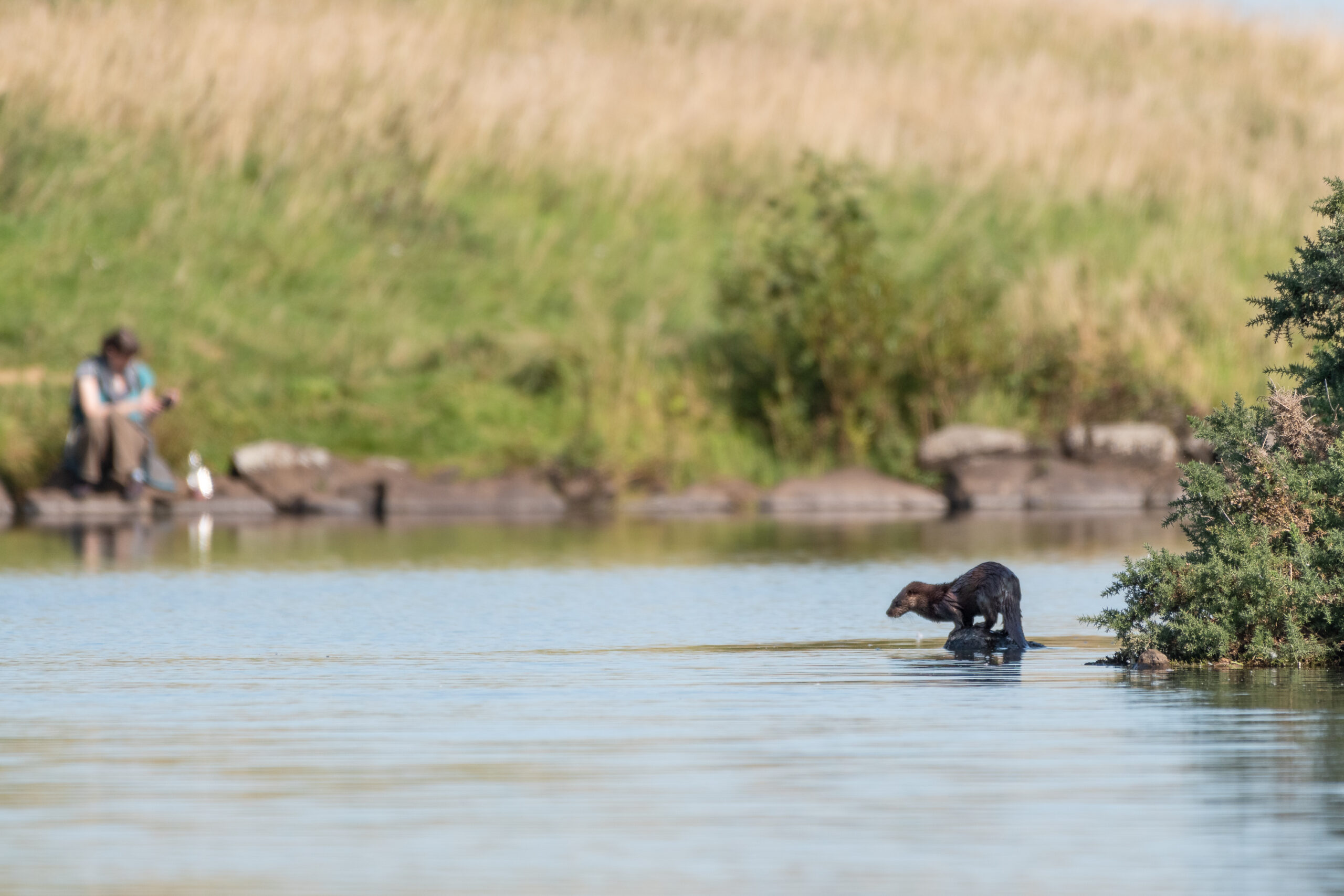Greenspace and People in Edinburgh
,
This is the fifth in a series of blog posts on Edinburgh’s greenspaces, by postgraduate student, Jamie McDermaid. Jamie is studying Environment, Culture, and Communication at the University of Glasgow – with a particular interest in urban nature. This blog covers a video recently published by Edinburgh Living Landscape featuring interviews with Edinburgh residents. The video can be watched here. These interviews detail their relationships with the city’s greenspaces, as well as how these places have changed over the years. From this video, Jamie has identified 5 key themes which summarise the relationship between Edinburgh’s residents and its greenspaces.
1. Shifting Baseline Syndrome
Shifting baseline syndrome, as the video explains, is the idea that, as we move through generations, memories of what our greenspaces used to be like will be lost. Because of this, our standards and expectations of quality and availability of greenspace will be forgotten. Over time then, if we don’t remember how things were, standards will slip and our greenspaces may gradually be lost.
However, by conversing with long-term residents of Edinburgh, we can remind ourselves of how things used to be. This is why projects like ‘In Our Time’ are so important: they prevent normalisation of low levels of biodiversity. We need to remember what we’ve lost and what we’ve gained to identify what we must improve and what we must protect.
2. Solastalgia
There is also a general sense of mourning in all of the residents interviewed. There is a nostalgia for the deep, personal relationships they had with their greenspaces when they were younger. But there is also a sadness for how these places have changed. Solastalgia, according to Glenn Albrecht, occurs when there is a realisation that a place you love and cherish is threatened. Because of this, your identity and sense of belonging are threatened too. In many of these interviews, the effects of solastalgia have been ongoing for decades, and continue even now. One resident says that every time she visits her local greenspace, there is ‘something more disappearing’. Another says that his experience of Edinburgh’s greenspace can be summarised as ‘a catalogue of losses’. Both have experienced the pain of detrimental change to their local greenspace. This solastalgia is therefore felt because they have always related so closely to, and emotionally engaged with, these places. For Edinburgh’s residents, these places are part of their identity.
3. Slow Violence
These painful changes to greenspaces have also been dragged out over many years. This gradual attack on our greenspace is therefore not sudden or obvious. It is an example of what Rob Nixon calls ‘slow violence’. Slow violence is quite often associated with environmental degradation, so the gradual loss of, or detrimental change to, these residents’ greenspaces is certainly an example of it. One resident near Pilrig Park speaks about the struggles of witnessing the gradual loss of trees and flowers in the area. Another resident lists a number of species he has personally witnessed the decline of: ‘grey partridge…, lapwings…, curlews…, yellowhammers’. Slow violence isn’t immediately obvious, but these residents have certainly experienced its devastating hurt.

©Jamie McDermaid
4. Resilience and Positivity
The relationship between Edinburgh residents and greenspaces isn’t just one of loss and destruction, however. Many of those interviewed also identified positive changes in the city. One resident notes a key change in Edinburgh’s waterways, explaining that ‘the effluent [used to go] into the Water of Leith’ and ‘There were no kingfishers or otters so things have actually improved since the 1960s’. Others identify an increase in sparrowhawks due to bans on chemicals, an increase in buzzard populations, and a noticeable increase in woodland and garden birds. Change is inevitable, and some species have simply been able to recover better than others.

©Jamie McDermaid
5. Deep and Meaningful Relationships
Growing up next to valuable, local greenspaces has clearly fostered a deep connection with nature and the environment for these residents: ‘The fields were full of buttercups and oxeye daisies, and also […] poppies’; ‘There were minnows and sticklebacks in the burns and it was just a lovely place’; ‘My earliest memories of nature were water voles, mallards, blackbirds and even thrushes’. Many of the deep connections with place, therefore, seem to form from knowledge and experience of specific species. Perhaps this is something that could be targeted towards younger generations – greater natural history education, with opportunities to experience wildlife in local areas. Maybe this is why residents’ care and concern for the losses they have experienced clearly exhibit a strong emotional connection with their greenspaces.
Maintaining and improving our greenspaces, and encouraging interaction with and understanding of their various species and habitats, might help foster a similar attitude in future generations. This will be vital for the future of Edinburgh’s greenspaces.

©Jamie McDermaid
Jamie McDermaid
